Want to test your backcountry paddling and portaging skills? Join us in Ontario for a Quetico canoe adventure! This 8-day loop covers 11 lakes, 13 portages, and total immersion into the heart of Canada’s canoe country. Along the way, we’ll share food tips, planning logistics, and a little of the history that shaped this watery trail.
The Canoe Connection Series
You’re reading Part 2 of 10
Follow the full journey here: Ontario by Canoe: Connecting Past and Present
Disclosure: This post contains affiliate links. If you buy something from one of our affiliates, we receive a small commission at no extra charge to you. Thanks for helping to keep our blog up and running!
Table of Contents
Canoeing Quetico: Our Adventure Begins
It starts with a simple question.
We’re thinking of heading to Ontario this August and canoeing Quetico – want to join us?
Like paddling Algonquin Provincial Park in Ontario or canoeing B.C.’s Bowron Lakes, Quetico Provincial Park is a Canadian backcountry canoeing bucket-list trip. It’s been on our radar for years, and since we were already planning a trip east, the answer came easily:
Yes!
Quetico shares a border with the Boundary Waters Canoe Area Wilderness in Minnesota, but it offers a quieter experience. With fewer visitors and more remote routes, it feels like a step back into true wilderness.
There are hundreds of rustic campsites spread across many of the 2000 or so lakes in Quetico. Our group opted for the 82-kilometre (51-mile) Lonely-Maria Loop. It starts at the Nym Lake access point, paddling a route through Batchewaung, Pickerel, Dore, Twin, Sturgeon, Lonely, Walter, Elizabeth, Jessie, and Maria Lakes before returning via Pickerel, Batchewaung and Nym.
That’s 11 different lakes with a total of 13 portages — time to dip the paddles in and get moving.
Planning 8 Days in Quetico
Here’s a snapshot of how our trip unfolded:
Months ahead of trip
- Review maps (from friends) and any websites with maps we can get our hands on.
- Agree to do the 5-day Lonely-Maria Loop spending 2 nights at each camp with time to fish and explore on day “off” – making it a 10-day trip.
- Talking over group gear, we settle on who will bring what and create a spreadsheet to outline everything with a page just for meals (5 group breakfasts and dinners each with each couple doing their own lunches)
- Start dehydrating food.
Need a canoe camping checklist and meal planner?
Check out our Alberta Paddle Trips Itinerary Ideas package available on Etsy.
Pre-launch
- We take a leisurely 3 days to drive to Atikokan, Ontario from Alberta stopping in Saskatchewan to stretch our legs along the way.
- Arriving in Ontario, we check in at the Park Office, picking up permits.
- We camp overnight in the Objibwa loop at Dawson Trail Campground (the only drive-in camping offered in Quetico Provincial Park) – and yet another travel misadventure is experienced as a wicked thunderstorm and microburst of wind downs trees, taking out our back canoe rack and bending the gunnels on the canoe. We are lucky, another couple has a tree smack dab on top of their canoe, flattening it and their hopes of getting out on their trip. Blueberry – our canoe – is a little wrinkled and in need of repair but still serviceable for the trip.
- Night before departure – after moving to a wide-open parking lot – we review our route, group gear, meals & staples (to avoid unnecessary overlap such as multiple containers of olive oil) and safety gear (including how to use different satellite messengers).
- Morning of departure, we unload in the Nym Lake Public Launch parking lot and carry gear down to the floating dock.
1st day – Nym Lake to Little Batchewaung Lake
- Put in at Nym Lake.
- 830 m (27000 ft) portage into Batchewaung and Little Batchewaung Bay where we camped for the night with a family of loons to entertain us.
2nd day – Batchewaung to Pickerel Lake and Pine Portage Bay
- Down Pickerel Narrows into the vast expanse of Pickerel Lake.
- 140 m (460 ft) portage into Pine Portage Bay
- Campsite tucked in the pines next to a rock outcrop
3rd day – Pickerel to Dore, Twin Lakes and into Sturgeon
- Pictographs, beaver dams and wild rice
- 520 m/1706 ft (Portage des Mort) into Dore Lake.
- 750 m/2460 ft (Deux Rivieres) portage into Twin Lakes
- Down Deux Rivere into Sturgeon with camp set up in a hurry as a storm whips up whitecaps and sends rain and hail our way (luckily after boats stored and tarp shelter set up)
4th day – Sturgeon Lake and Brown Sugar Beach Camp
- Paddle down Sturgeon and stop at Blueberry Island. C spots large olive-green snake with yellow stripes. We continue on past Antoine Lake portage and the Maligne River access leading to the popular Russell Lake.
- Head down Cutty Creek into another arm of Sturgeon and camp at what we dub “Brown Sugar Beach.” Rated 5/5 for a reason!
- Sturgeon Lake is massive — it makes you realize just how vast Quetico is.
5th day – Lonely into Walter Lake
- Morning brings two short portages (110m/360 ft and 140 m/460 ft) from Sturgeon to appropriately named Lonely Lake. No other groups around. Two more portages (110 m/360 ft and 70 m/230 ft) from Lonely to Walter.
- Camped on an island in Walter Lake – big enough to go for a wander around while others fish.
6th day – Walter to Elizabeth to Jesse Lake
- 230 m (755 ft) portage to Elizabeth Lake, 1 long portage (750 m/2477 ft) to Jesse Lake. Jesse Lake rewards us with a sandy landing and a perfect campsite.
7th day – Jesse to Maria
- The loop closes with one more long portage (770 m/2526 ft) to Maria. Muscles ache, but spirits are full. Camp on another island with time to paddle, fish and explore before dinner.
8th day – Back to Nym
- 370 m (1214 ft) portage from Maria back into Pickerel. The loop closes. Muscles ache, but spirits are full. Final 830 m (2723 ft) portage back from Batchewaung to Nym.
- Loading the gear back into the car, we’re already asking: “When can we come back?”
History Paddled into the Landscape
- Quetico isn’t just wilderness — it’s layered with history. For millennia, Indigenous peoples traveled these lakes and rivers as part of their seasonal lifeways. Later, French voyageurs paddled birchbark canoes loaded with furs.
- In the 1870s, the Dawson Trail briefly turned Quetico into a frontier highway. Built by Simon Dawson with help from the Wolseley Expedition, the route stretched 720 kilometres (447 miles) from Thunder Bay to Fort Garry (Winnipeg).
- Canoes, barges, and even wood-burning tugs carried supplies along the same waters we now paddle for recreation. By 1875, over 2,000 people a year used the Dawson Trail. But once the railway pushed through, the route was abandoned, leaving behind faint traces at old portages and clearings.
- Today, paddlers retrace pieces of that history with every stroke.
Journal Notes from the Trip
Here are a few excerpts straight from my notebook:
- “Dore Lake portage – traffic jam (adults, kids, 10 dogs, mudsucking holes and random corduroy sections of slippery wood…”
- “Up 6:30 am. Coffee on lakeside rocks. Big patches of blue sky poking out from fluffy white grey clouds. Wind changed direction – now coming from the north. Cooler, less humid = pleasant.”
- “Who was Elizabeth? No time to consider. 780 m portage to Jesse Lake ahead – and it’s an ugly one. Not too much elevation but lots of bog and mud. B slipped carrying canoe and had to toss it off. Sweat, a little blood, and tears as sweat runs into eyes on this slog.”
- “W.O. Mitchell wrote “Who Has Seen the Wind?”, CBC created a show called “The Wind at My Back” and Quetico penned a classic “Wind in My Face.” Wind – lots of wind.”
- “Sitting on bluff overlooking lake listening to waves lap again the rock, watching a pair of eagles on another island and hearing loons call…”
- “Lost lake trout gear with big trout chomping down and pulling away… Fish have been taking a bit of tackle!”
- “B heard wolves during night and again this morning…”
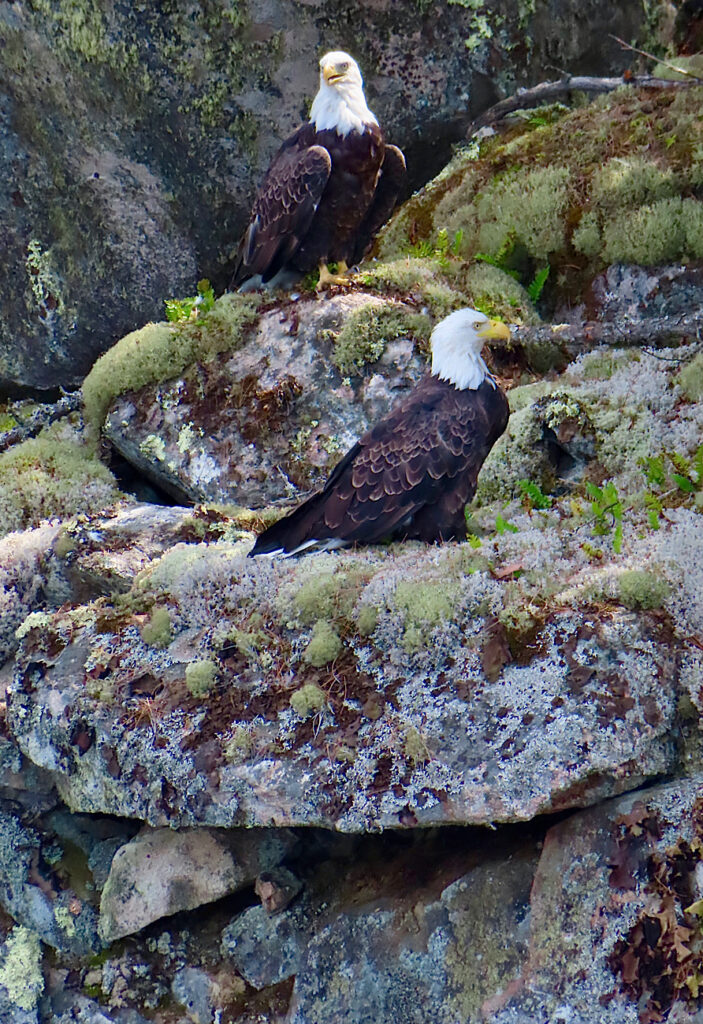
Planning Your Own Quetico Canoe Adventure
Permits & Logistics
- Reservations are required (reserve up to five months in advance, especially for August – our group booked in March). Visit the website at www.ontarioparks.com or phone the call centre at 1-888-668-7275, or 1-519-826-5290 (Outside of Canada & U.S.) daily from 7:00 a.m.-9:00 p.m. (EST).
- Note that your reservation is not your permit. A park permit must be picked up in person at designated ranger station before entering Quetico Park. The park office in Atikokan provides route maps and regulations.
- Entry access points include Nym, French Lake, Beaverhouse, and Prairie Portage. You must travel through the entry point listed on your reservation.
- You can find all the rules and regs on this PDF.
- If you plan to fish in Quetico, you will need to have a licence.
Route Selection
- Loops vary from 3–14 days. The Lonely-Maria Loop is often done as a 5-day paddle. We had planned to do it as a 10-day trip, spending 2 nights in each camp with time for exploration, birding and fishing on off days. That didn’t happen! Modifying our plans due to weather – read: wind forecasts – we completed the route in 7 and a half days.
- Consider your group’s fitness and comfort with portaging – and don’t forget to factor in heat and humidity.
Maps & Resources
- Buy a Quetico paddling map. Our friend printed off the section for our loop and had them laminated (one per boat). We also relied on the CalTopo with additional layers showing portages and campspots to help us find our way.
- Recommended reading: Quetico Provincial Park Adventure Map and A Paddler’s Guide to Quetico and Beyond.
Multi-Day Canoe Food Planning
Food can make or break a backcountry trip. Here are a few strategies we used:
- Dehydrate your own meals: Lighter, customizable, and cheaper than store-bought freeze-dried packs.
- Meal spreadsheet: Track who brings what, avoid duplicates, and ensure variety. (We’ll share our template as a freebie if you join our email list!)
- Staples to pack: coffee, tea, sugar, powdered milk, olive oil, spices, GORP, tortillas
- Don’t forget the treats: like a juicy orange (worth the weight at the end of a portage gear shuttle) or homemade peanut chews
For more canoe camping recipe ideas, check out our post about Best Canoe Trip Meals or the post about canoeing the Yukon’s Nisutlin River for Tortilla Soup, Quick Red Thai Curry, Mediterranean Stew and Potato Pancakes.
Commonly Asked Questions About Quetico
What does “Quetico” mean?
Jury’s out on this one! Seriously, it’s a bit of a mystery. Some locals believe the park is named after the Quebec Timber Company (but no one’s sure if it ever existed). It could be a derivation of an Objiwe name for a benevolent spirit who resides in places of great beauty. Quetico could also stem from the French words “quête de la côte” (which translates to “search for the coast”). For us, Quetico means “paddle on”!
What towns are near Quetico?
Atikokan is the main gateway, with outfitters and basic supplies. Thunder Bay (approximately 2 hours east) is the nearest large city.
Is there cell service?
Mostly, no. There are occasional pockets of coverage, but once you leave the access points, you’re pretty much off-grid. Bring a satellite communicator (e.g. we use an InReach; our friends have a Zolio) for emergency contact. Our group set up a check-in daily with a family member and they provided us with up-to-date weather forecasts (Windy.com and Environment Canada provided reliable reports).
When is the best time to paddle?
June offers cooler weather and fewer bugs. July and August bring warmth and crowds. September delivers golden colours and quieter lakes.
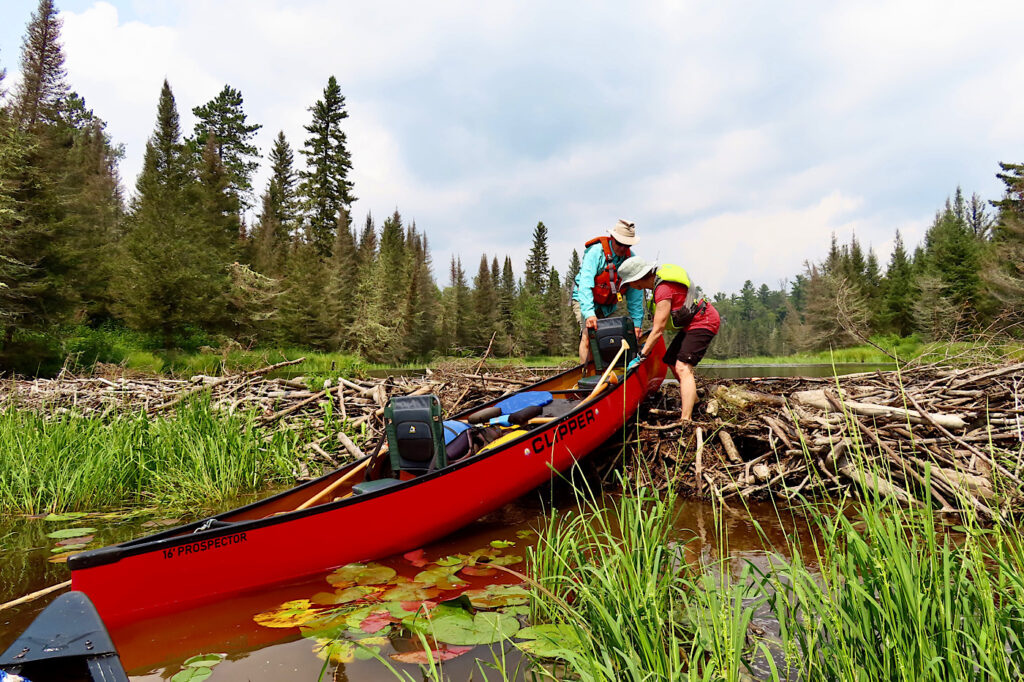
Are shuttles available?
Yes. Several outfitters provide shuttle service to different access points; you can find a list of outfitters here.

Final Thoughts
Paddling Quetico is more than just a backcountry trip. It’s a connection — to the land, to history, to your paddling partners and to yourself.
Eight days, 11 lakes, 13 portages: numbers in a journal. What you bring home is harder to measure — sore shoulders, stronger friendships and a renewed respect for Canada’s wilderness.
If you love the canoe connection, check out our take on the Agawa pictographs and canoes painted on rock along Lake Superior!
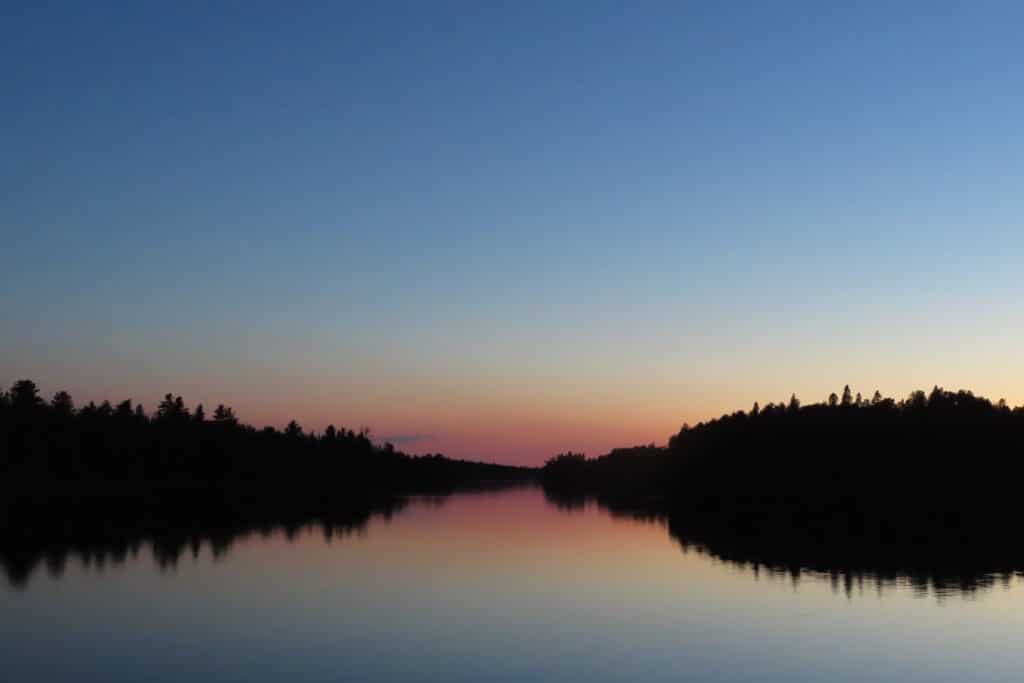
Continue your journey eastward: Next Stop → Fort William Historical Park: Reliving the Fur Trade Era by Canoe
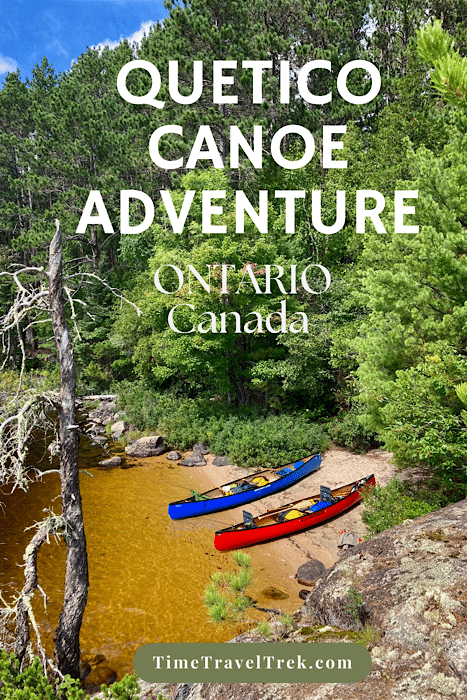
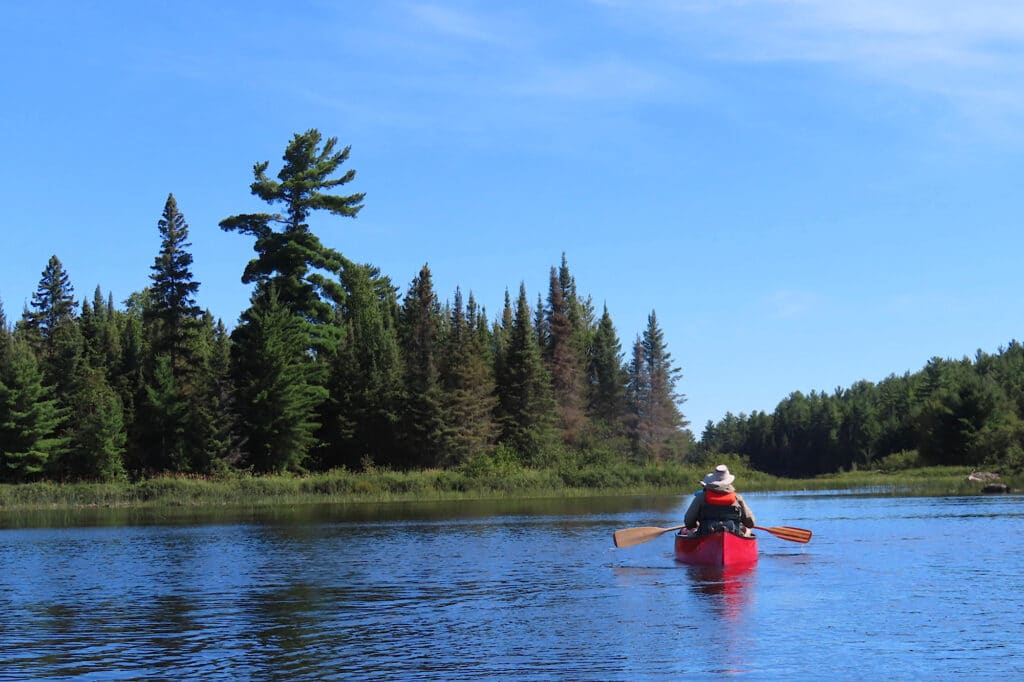


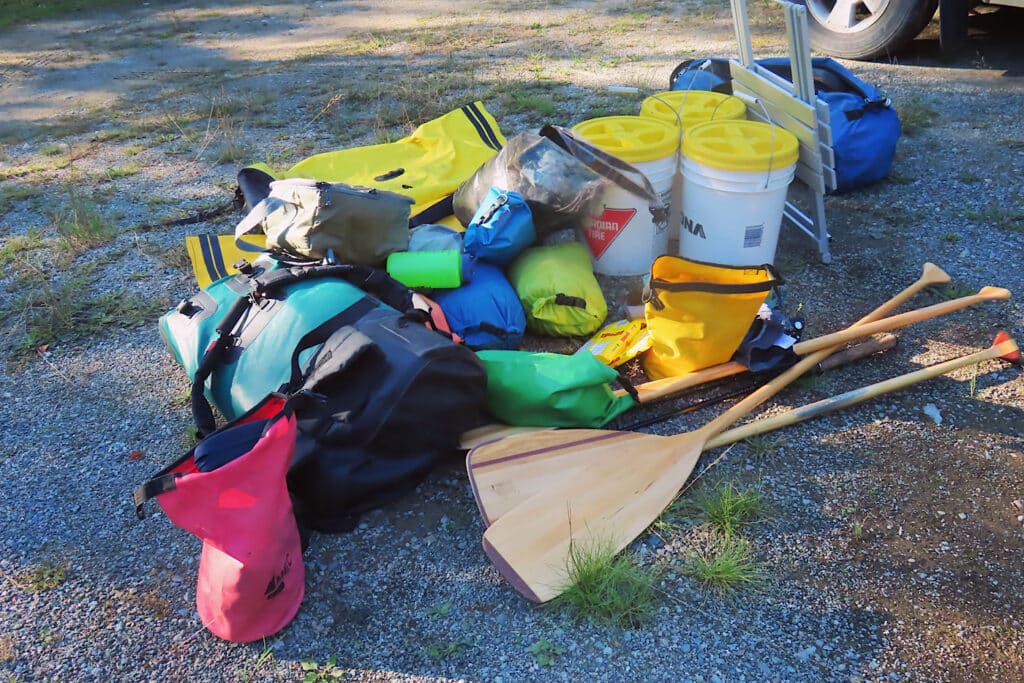
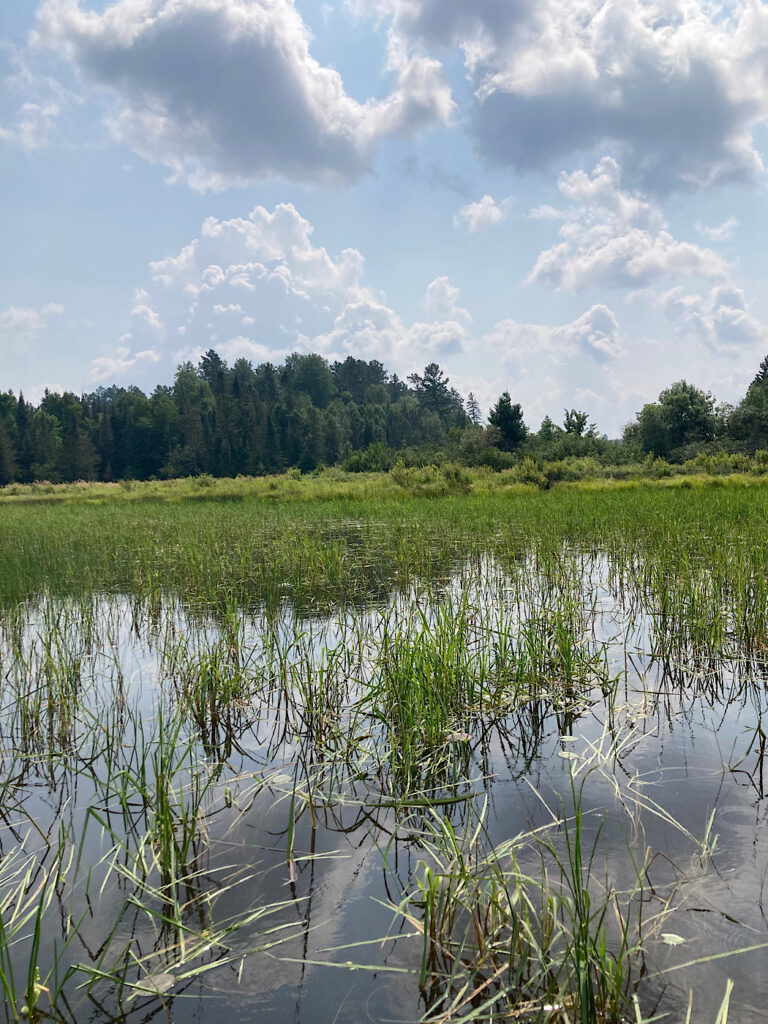

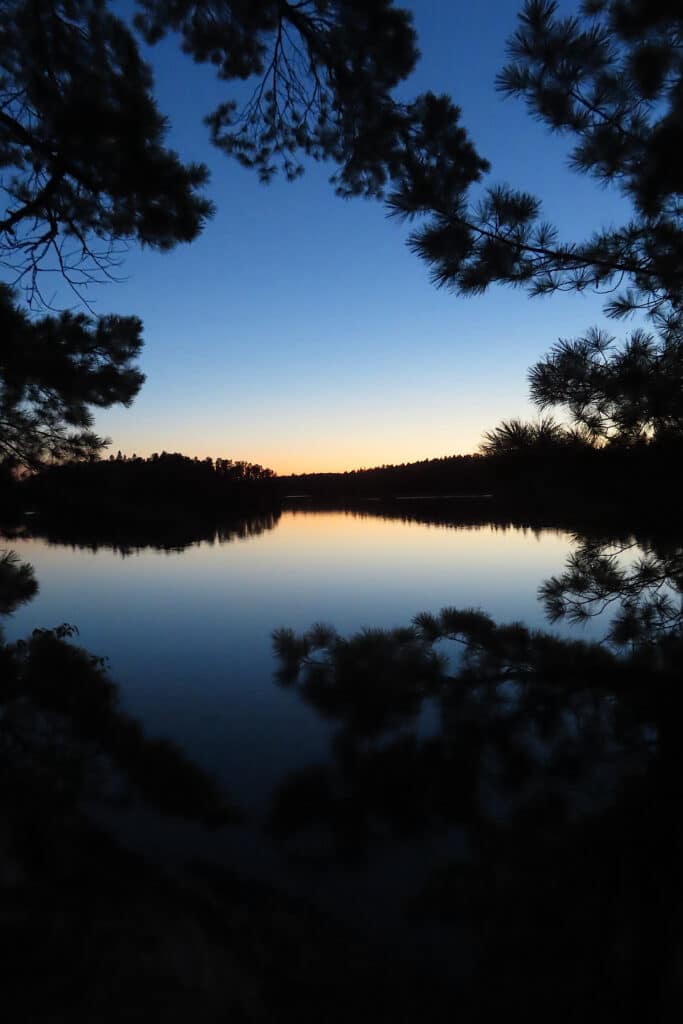


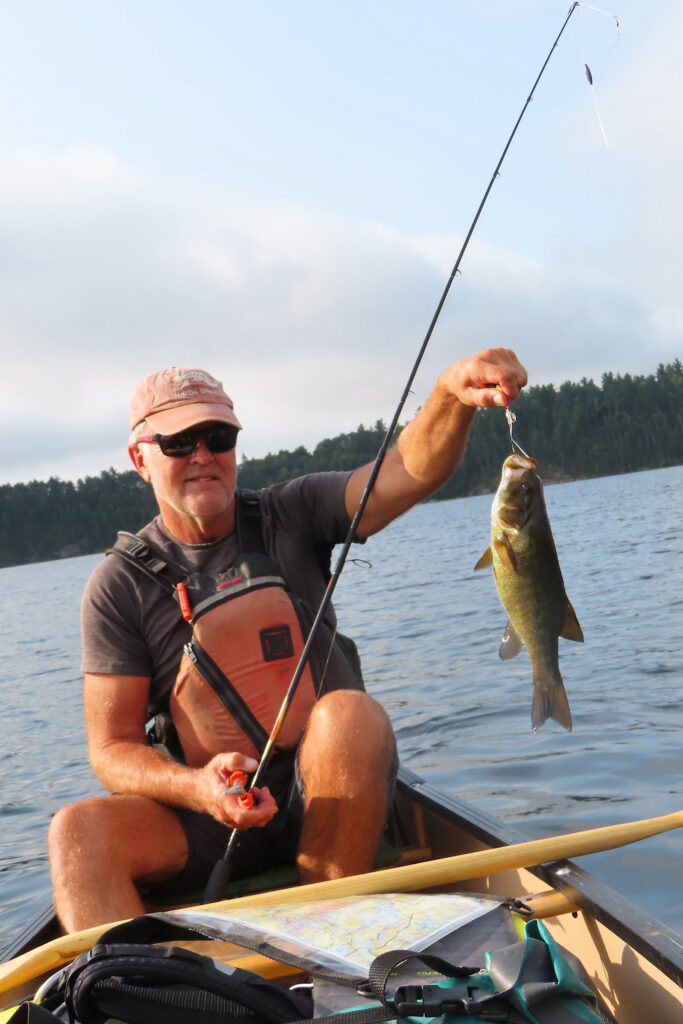
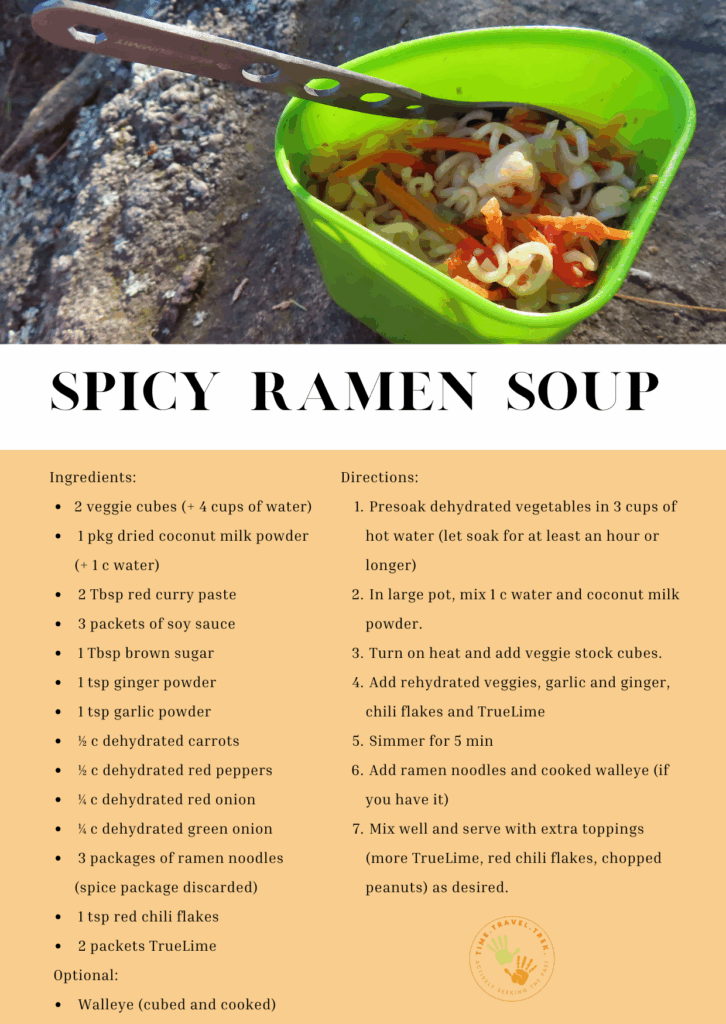
Leave a Reply